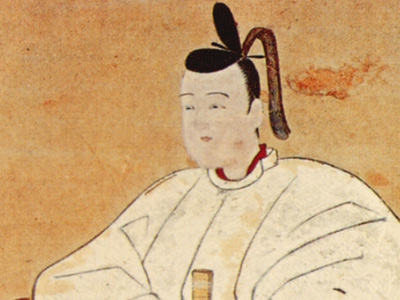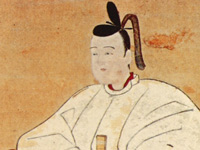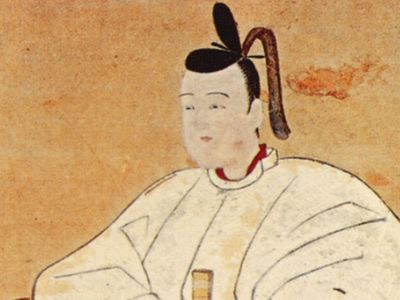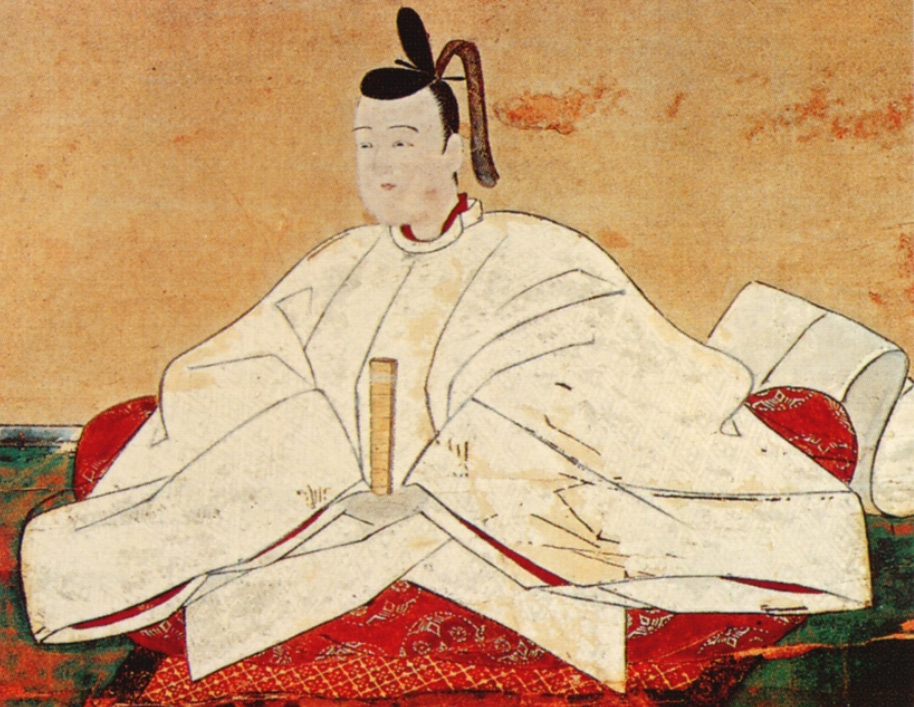Toyotomi Hideyoshi (1537-1598)

Death
Toyotomi Hideyoshi died September 18, 1598. His death was kept secret by the Council of Five Elders to preserve morale, and the Japanese forces in Korea were ordered to withdraw back to Japan by the Council of Five Elders. Because of his failure to capture Korea, Hideyoshi's forces were unable to invade China. Rather than strengthen his position, the military expeditions left his clan's coffers and fighting strength depleted, his vassals at odds over responsibility for the failure, and the clans that were loyal to the Toyotomi name weakened. The dream of a Japanese conquest of China was put on hold indefinitely. The Tokugawa government later not only prohibited any further military expeditions to the Asian mainland, but closed Japan to nearly all foreigners during the years of the Tokugawa shogunate. It was not until the late 19th century that Japan again fought a war against China through Korea, using much the same route that Hideyoshi's invasion force had used.
After his death, the other members of the Council of Five Regents were unable to keep the ambitions of Tokugawa Ieyasu in check. Two of Hideyoshi's top generals, Katō Kiyomasa and Fukushima Masanori, had fought bravely during the war but returned to find the Toyotomi clan castellan Ishida Mitsunari in power. He held the generals in contempt, and they sided with Tokugawa Ieyasu. Hideyoshi's underage son and designated successor Hideyori lost the power his father once held, and Tokugawa Ieyasu was declared Shogun following the Battle of Sekigahara in 1600.
HISTORY

RESOURCES
This article uses material from the Wikipedia article "Toyotomi Hideyoshi (1537-1598)", which is released under the Creative Commons Attribution-Share-Alike License 3.0.
© Stories Preschool. All Rights Reserved.










